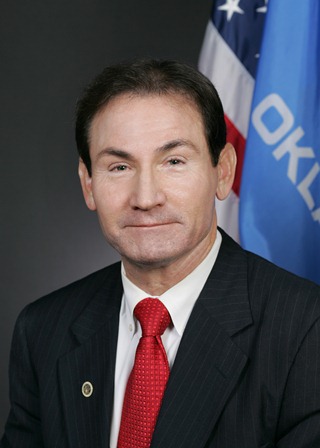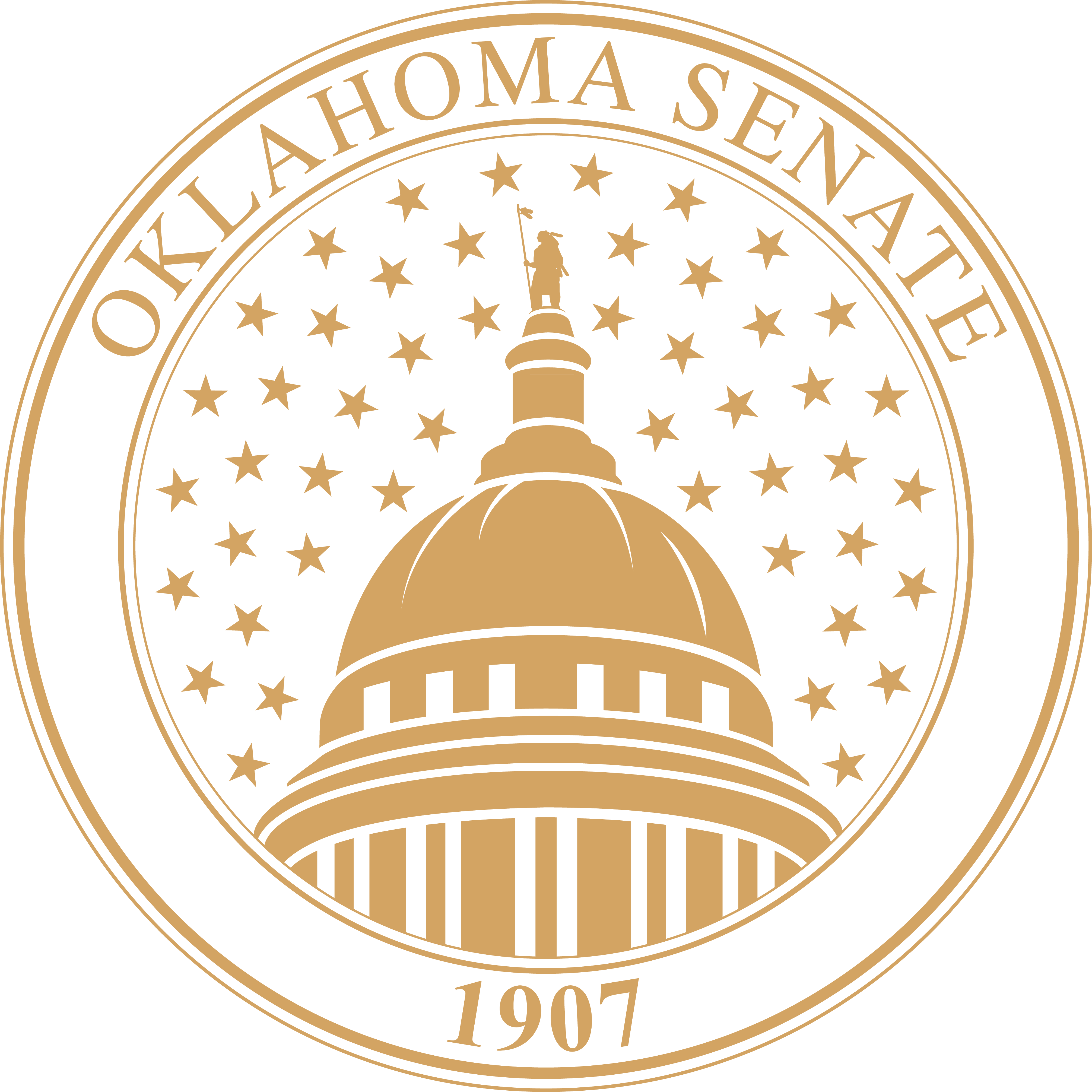Governor signs STEM legislation
 Sen. Ron Sharp
Sen. Ron Sharp
On Monday, the governor signed into law legislation to address Oklahoma’s shortage of qualified workers in the fields of science, technology, engineering and mathematics (STEM). Senate Bill 1181, by Sen. Ron Sharp and Rep. Justin Wood, provides criteria for designation as a STEM community or region. This was one of the recommendations made last year by the governor’s Science and Technology Council, a group focused on enhancing workforce development through the strengthening of STEM education programs at K-12 and college levels.
“STEM education in our schools is so important to the future of our state. We must have a well-educated workforce that can meet the demands of Oklahoma businesses especially in the fields of science, technology, engineering and mathematics, which are in such high demand in our state,” said Sharp, R-Shawnee. “This program will help get our community and business leaders around the state more involved in the education of our students and help set them on a path to success. I want to thank Rep. Wood and the legislature for their support of this important education initiative.”
In order to be designated as a STEM Community or Region, educators, administrators, business leaders, students, parents, government officials and business and industry groups within a community or region will be required to create awareness, promote partnerships between schools and industries, develop and execute action plans for improving STEM education and training as well as identify and acquire the needed resources to improve STEM education and training. These entities will also need to identify and accumulate STEM data within the community or region, including but not limited to kindergarten through 12th grade test results, the number of STEM-related degree holders in the local workforce, the number of STEM-related degrees conferred and the number of STEM-related certifications or credentials obtained.
“Our youth are our state’s greatest asset as they’re our future workforce. However, we’re currently having to recruit workers from other states, so it’s imperative that we prepare our own students for the high demand, high paying jobs we have in the STEM fields,” said Wood, R-Shawnee. “This program will also ensure that local business and community leaders play a bigger role in the education of our students rather than bureaucrats in D.C.”
The concept of creating a STEM Community or Region is incorporated in the Department of Education’s STEM strategy and will include and support STEM programs in many of the Department of Career and Technology Education’s technology centers.
State legislators will be responsible for the application process for STEM Communities or Regions and the governor will be responsible for final approval and designation.
The application process will be outlined by a subcommittee of an existing STEM education or workforce committee or board, to be identified by the governor. The Coalition for the Advancement of Science and Mathematics Education in Oklahoma (CASMEO) will be responsible for the creation, sustainment and execution of that subcommittee, which will be tasked with establishing the criteria for the application process. The subcommittee will also study issues related to the promotion and growth of STEM education and training in the state and make recommendations to address the current and pending shortage of highly skilled employees in the energy, agriculture and biosciences, aerospace and defense, transportation and distribution, information technology and financial services sectors in Oklahoma.
The bill was crafted with the help of Marty Lewis, Administrator of Gordon Cooper Vo-Tech; Dr. Robert Sommers, state director of the Oklahoma Department of Career and Technology Education; Dr. Terry Underwood, Administrator of the Eastern Oklahoma County Vo-Tech; and Dr. Stephen McKeever, Cabinet Secretary of Science and Technology.
SB 1181 will go into effect July 1, 2014.
 Oklahoma Senate
Oklahoma Senate

